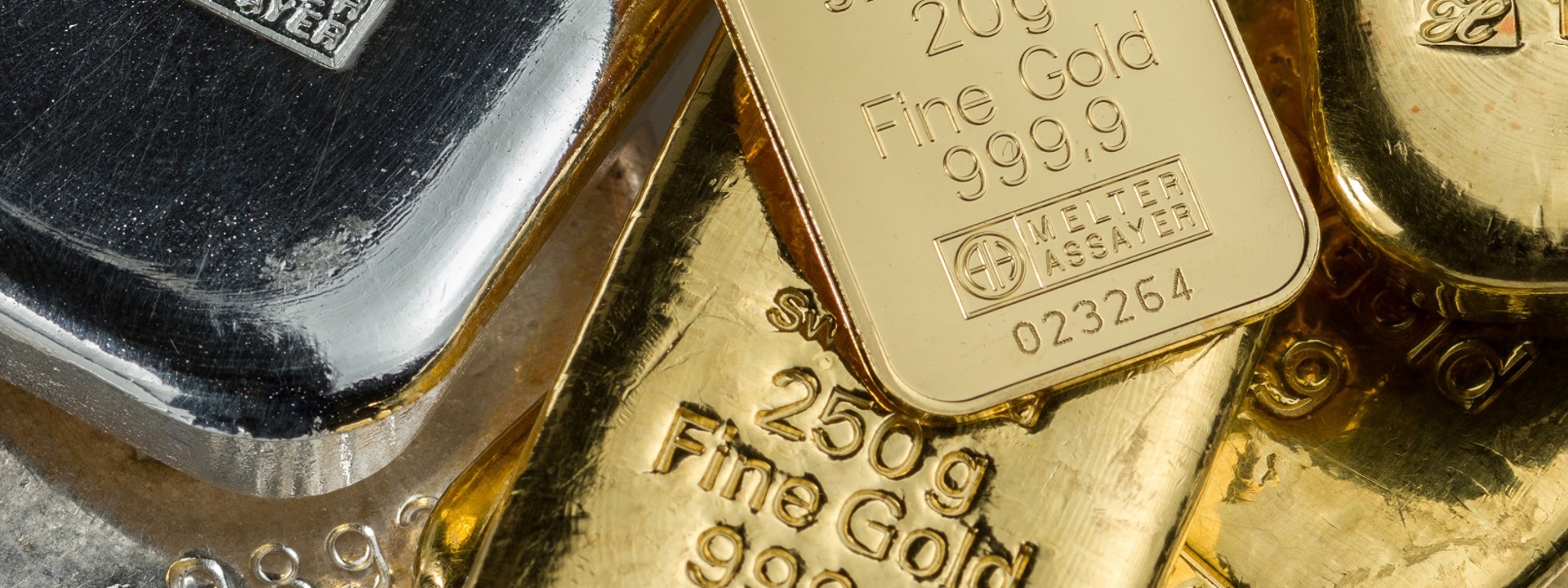Your Guide to Owning Physical Precious Metals
DOWNLOAD Brochure - PDF VERSION: Your Guide to Owning Physical Precious Metals
|
1 |
Source: How Collectibles are Taxed, https://www.investopedia.com/articles/personal-finance/061715/how-are-collectibles-taxed.asp |
|
2 |
Subject to certain minimums. |
|
3 |
For more information, please see ”Tax Considerations-U.S. Federal Income Tax Considerations” in the Prospectus and always consult your tax accountant regarding your particular situation. |
†The Trusts are closed-end funds established under the laws of the Province of Ontario in Canada and are available to U.S. investors by way of listings on the NYSE Arca pursuant to the U.S. Securities Exchange Act of 1934. The Trusts are not registered as investment companies under the U.S. Investment Company Act of 1940.
Important Dislosures
Sprott Physical Bullion Trusts
Sprott Physical Bullion Trusts (the “Trusts”) are closed-end funds established under the laws of the Province of Ontario in Canada. The Trusts are available to U.S. investors by way of listing on the NYSE Arca pursuant to the U.S. Securities Exchange Act of 1934. The Trusts are not registered as investment companies under the U.S. Investment Company Act of 1940.
The Trusts are generally exposed to multiple risks that have been both identified and described in each Fund’s prospectus, which can be found here: Sprott Physical Gold Trust, Sprott Physical Silver Trust, Sprott Physical Gold and Silver Trust and Sprott Physical Platinum and Palladium Trust.
Please refer to each Fund’s prospectus for a description of these risks. Relative to other sectors, precious metals and natural resources investments have higher headline risk and are more sensitive to changes in economic data, political or regulatory events, and underlying commodity price fluctuations. Risks related to extraction, storage, and liquidity should also be considered.
Gold and precious metals are referred to with terms of art like store of value, safe haven, and safe asset. These terms should not be construed to guarantee any form of investment safety. While “safe” assets like gold, Treasuries, money market funds, and cash generally do not carry a high risk of loss relative to other asset classes, any asset may lose value, which may involve the complete loss of invested principal.
All data is in U.S. dollars unless otherwise noted.
Past performance is not an indication of future results. The information provided is general in nature and is provided with the understanding that it may not be relied upon as, nor considered to be tax, legal, accounting or professional advice. Readers should consult with their own accountants and/or lawyers for advice on their specific circumstances before taking any action. Sprott Asset Management LP is the investment manager to the Trusts. Important information about the Trusts, including the investment objectives and strategies, applicable management fees, and expenses, is contained in each Fund’s prospectus. Please read the prospectus carefully before investing. The indicated rates of return are the historical annual compounded total returns including changes in unit value and reinvestment of all distributions and do not take into account sales, redemption, distribution or operational charges or income taxes payable by any unitholder that would have reduced returns. You will usually pay brokerage fees to your dealer if you purchase or sell units of the Trusts on the Toronto Stock Exchange (“TSX”) or the New York Stock Exchange (“NYSE”). If the units are purchased or sold on the TSX or the NYSE, investors may pay more than the current net asset value when buying units of the Trusts and may receive less than the current net asset value when selling them. Investment funds are not guaranteed, their values change frequently and past performance may not be repeated. The information contained herein does not constitute an offer or solicitation to anyone in the United States or in any other jurisdiction in which such an offer or solicitation is not authorized.




